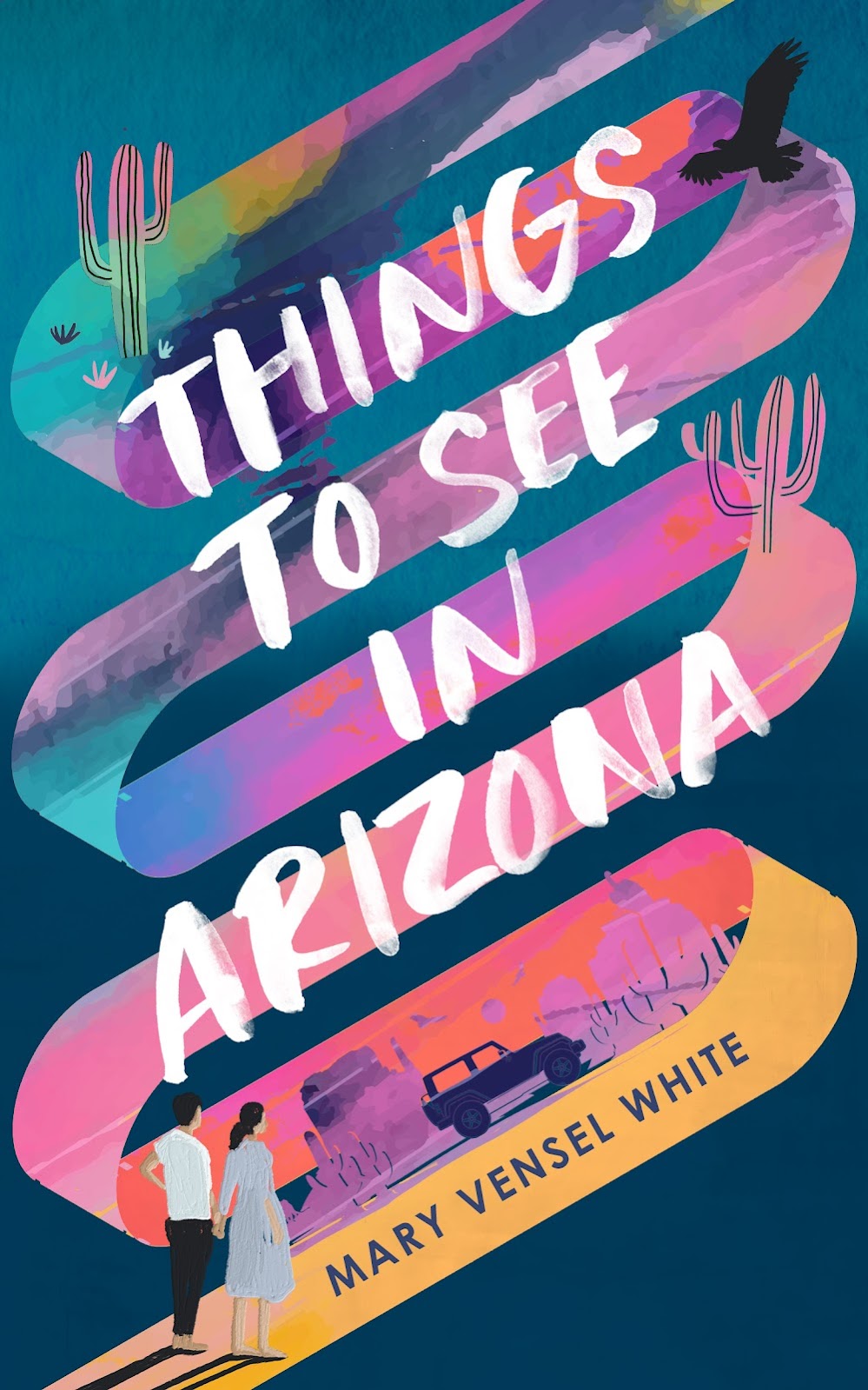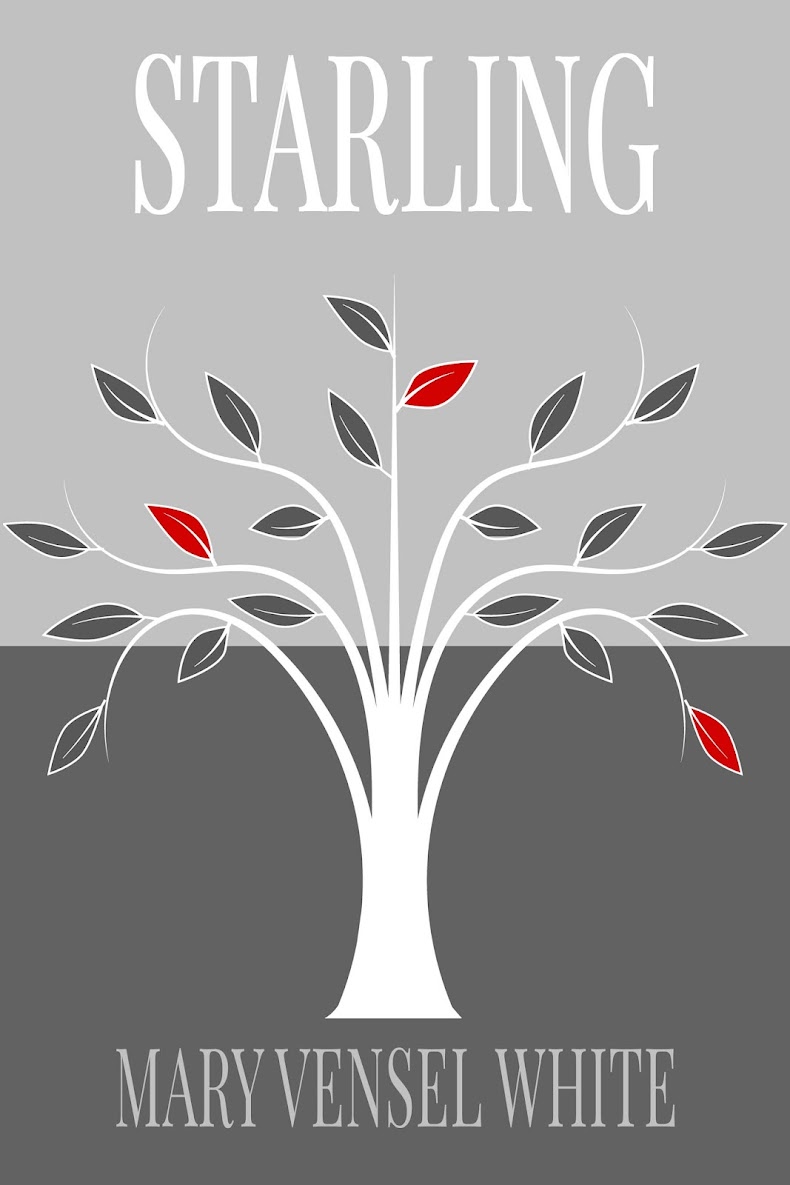You enter here, in helmet and greatcoat,
Chasing after her, without a mask.
You, Ivanushka of the old tales,
What ails you today?
So much bitterness in your every word
So much darkness in your love
And why does this stream of blood
Disturb the petal of your cheek?
-
Anna Akhmatova
Throughout her novel, Deathless, Catherynne M. Valente sprinkles excerpts from poems by the great Russan poet, Anna Akhmatova. One of the best known and most prolific of Russian writers, Akhmatova lived from 1889 to 1966, experiencing both prerevolutionary and Soviet Russia. She writes here about a stock character in Russian folklore, Ivanushka. A simpleminded but lucky young man, Ivanushka is described as amiable, with blue eyes. The details of his family and station vary from tale to tale, but he is always portrayed as someone who leads with his heart over his head. He’s naïve but kind, sometimes considered a fool but often misjudged by those around him. He’s not always what he seems to be.
I said in an earlier post that this novel is perhaps the
biggest stretch for my summer reading theme: houses. Yes, there’s a house, and
it makes somewhat of an impression. Deathless opens with this:
“In a city by the sea which was once called St. Petersburg, then Petrograd, then Leningrad, then, much later, St. Petersburg again, there stood a long, thin house on a long, thin street. By the long, thin window, a child in a pale blue dress and pale green slippers waited for a bird to marry her.”
Well, actually, the novel begins with a short scene in which a young boy is questioned and then released by a pair of military officers. He’s only eleven, but he’s accused of desertion. Three “skinny, molting creatures” (birds) watch from a nearby branch. This scene is followed by the first of the Akhmatova quotes, a poem about a faceless visitor, a riddle, and a wanderer in darkness. My point is, from the start, the stage is set for everything this remarkable novel aims to do: say something about the history of Russia, particularly throughout the twentieth century, recycle certain characters, tropes and stories from the vast landscape of Russian folklore, and tell a lyrically moody, visceral and exciting tale. And like the folk staple Ivanushka, things are not always what they seem.
The novel focuses on Marya Morevna, the girl in the pale blue dress. For years, she has watched as her sisters were claimed for marriage by men who arrive as birds but transform into handsome young men before whisking away their brides. And so, she waits for her bird. When he comes, he’s handsome, all right, but his name is Koschei the Deathless, another figure from Russian folklore whose main characteristic is his inability to be killed.
And the house? The one Marya has been living in, before leaving with Koschei, has a tendency to expand and there are little domovoi, or house-goblins, about. And once she escapes with her bird-suitor to the Isle of Buyan, there are other strange features in the new world she inhabits, other strange, house phenomena:
“The main thing was the ruin of her house, like film laid on top of other film, so that she could look at a wall and see not only the wall but Svetlana Tikhonovna and her mother arguing over laundry in front of it, and Zemlehyed pawing at it, and the skin of a Buyan wall, so far from her. Everywhere her vision doubled and trebled, and her head sagged with the weight of it. Everything kept occurring all at once, each thing on top of the last.”
As we run out of summer days, one book remains for my Summer
of Houses reading project. I’ll be diving into Sarah M. Broom’s memoir, The
Yellow House, next. I do love a book with a map at the start, and Broom starts
hers with an outline of New Orleans, where the notable house she writes about lives.














